Lesson 1: How to Learn Gregg Shorthand
Start your shorthand journey by learning the Gregg alphabet, vowel groups, and easy stroke forms for faster writing.
How does Shorthand Work?
Great question. Let me follow it up with another question:
With the way you write now, How few letters do you actually need to understand a word’s meaning?
knee → N-Ē
knight → N-Ī-T
colonel → K-R-N-L
Longhand (how you are reading now) is full of unnecessary and duplicate sounds using different letters.
Consider F:
F as in face
Ph as in phase
gh as in cough
In shorthand: one sound = one symbol. Only write what you hear.
The Alphabet of Gregg Shorthand:
In this lesson, we will learn the strokes marked in orange. Let’s begin:
In this lesson, we will practice the strokes marked in orange. Let’s begin:
How are vowel sounds written in Gregg Shorthand?
In Gregg Shorthand, vowels are grouped by sound, not spelling. There are twelve vowel sounds in total. They are divided into four groups, each with three related sounds. In this lesson, we start with the A group and the E group. Learning these helps you write faster by focusing on how words sound instead of how they are spelled.
Note: Gregg vowels are grouped by sound, not spelling. For example, the E group starts with the short i in din, not the long i in dine (covered later).
How does Gregg Shorthand show short and long vowels?
A large circle shows three A sounds:
Short A (mat) = plain circle
Medium A (calm) = circle with a dot under the vowel sound
Long A (came) = circle with a dash under the vowel sound
The same marks work for all vowel groups. The dot and dash are only used when a word is new or unclear.
How do I remember the difference between A and E in Gregg Shorthand?
The letter A is also similar to longhand but written without the connecting stroke.
Just like in longhand, e is written as a smaller circle than a, but in shorthand, it stands alone without connecting strokes, making it quicker and easier to write.
How do you write R and L in Gregg Shorthand?
The shorthand symbols for R and L come directly from their cursive longhand forms.
How to write H in Gregg Shorthand?
The letter H is not written as a separate character; instead, it’s indicated by a dot placed above the vowel. This simplifies writing while keeping words easily recognizable.
Practice reading the following out loud:
Solutions:
ray, air, hair, rare,
lay, ail, hail, rail.
How do you write N and M in Gregg Shorthand?
The strokes for N and M are simple. Think of them as underscored versions of their longhand letters. This makes them easy to recognize and quick to remember when writing
Solutions:
ray, rain, lay, lain, ail, nail.
How to write K and G in Gregg Shorthand?
The shorthand symbols for K and G are directly adapted from their longhand forms, making them easy to recognize and write quickly.
Solutions:
Ache, make, cake, rake,
lake, cane, came, gain, game.
How to write T and D in Gregg Shorthand?
In shorthand, T and D are written as follows:
Do you find this content helpful?
Homework:
Translate all the above examples and the following:
Want to Accelerate your learning?
Grab my digital learning content—like the Gregg Shorthand Brief Forms Tracing Manual on my Shopify store. It’s a simple way to invest in your shorthand practice while supporting this project.
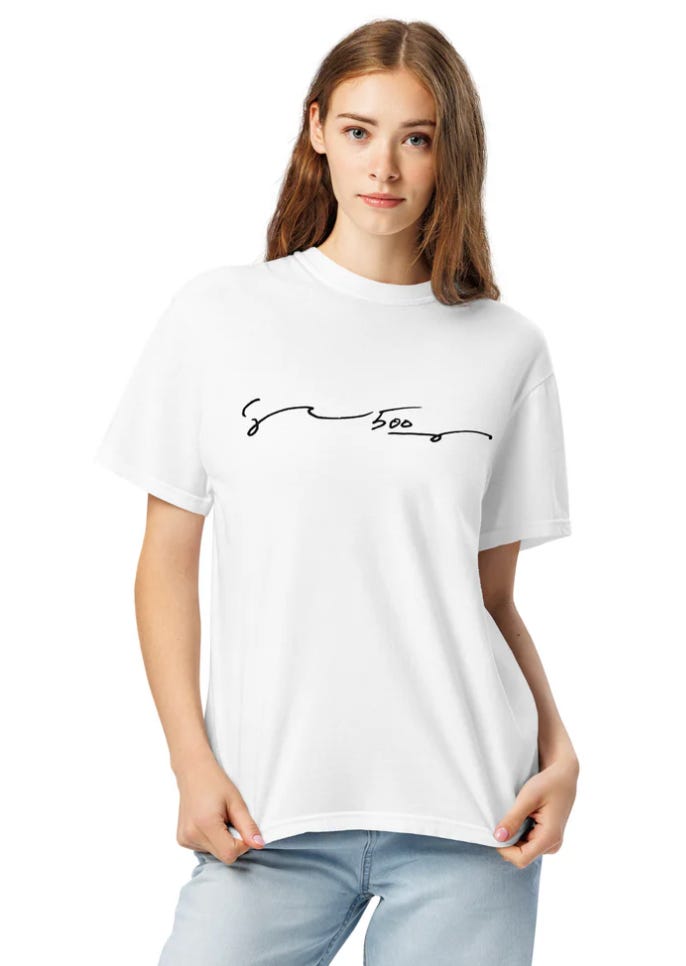
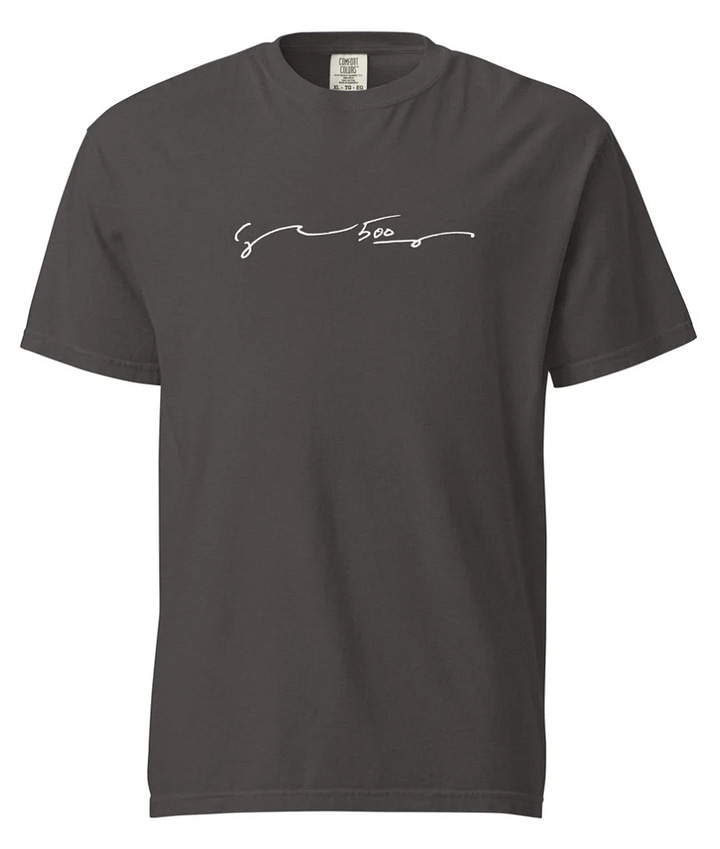


📌 As an Amazon Associate I earn from qualifying purchases. When you buy through my Amazon links, I may earn a small commission at no extra cost to you. I often share shorthand tools and materials I personally recommend — check them out here.
That’s it for today! Be on the lookout for the solutions sent later this week.
I truly appreciate you tuning in and being part of this Gregg Shorthand learning journey! Your enthusiasm and dedication make this project worthwhile, and I’m excited to keep learning alongside you. See you in the next lesson!




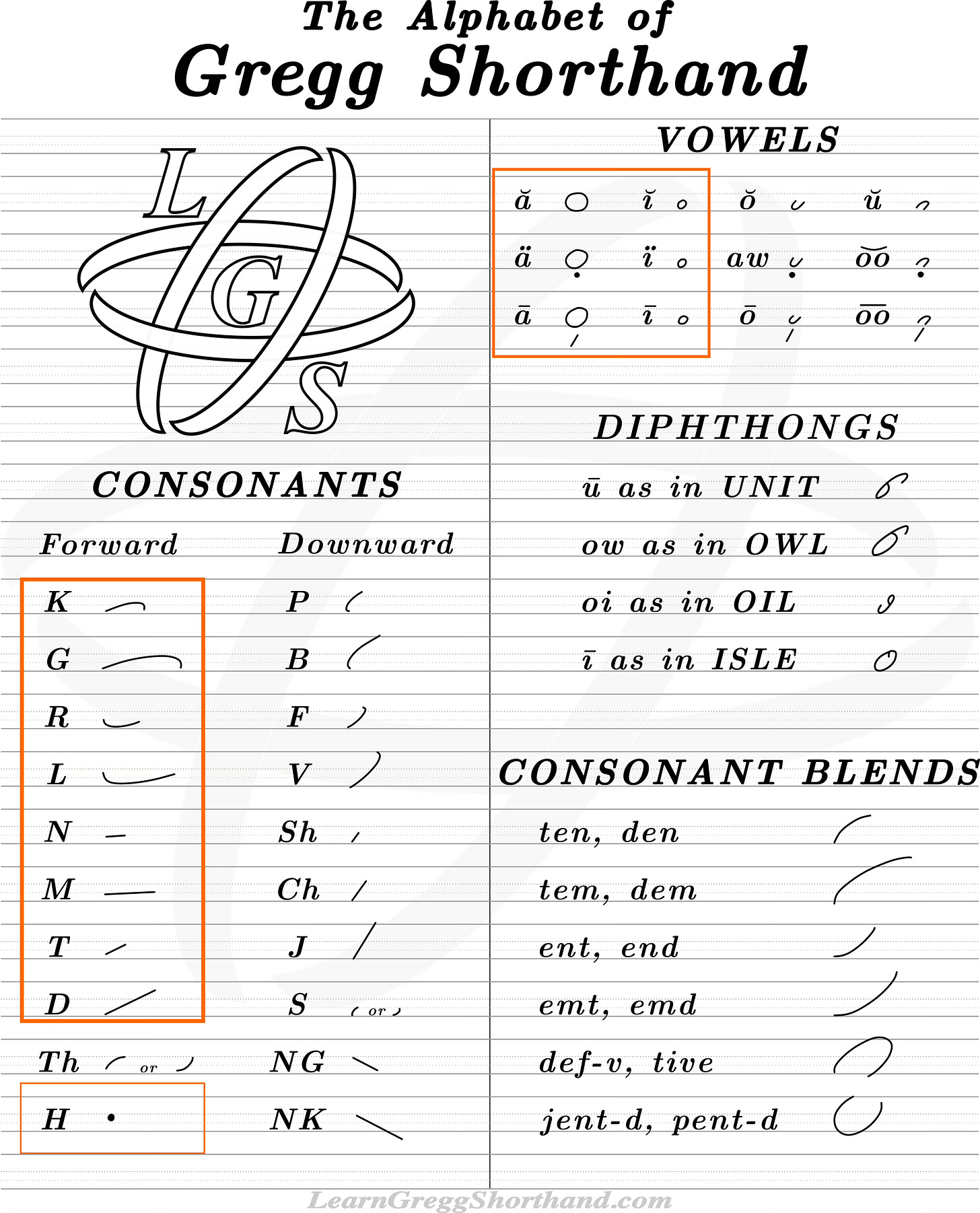
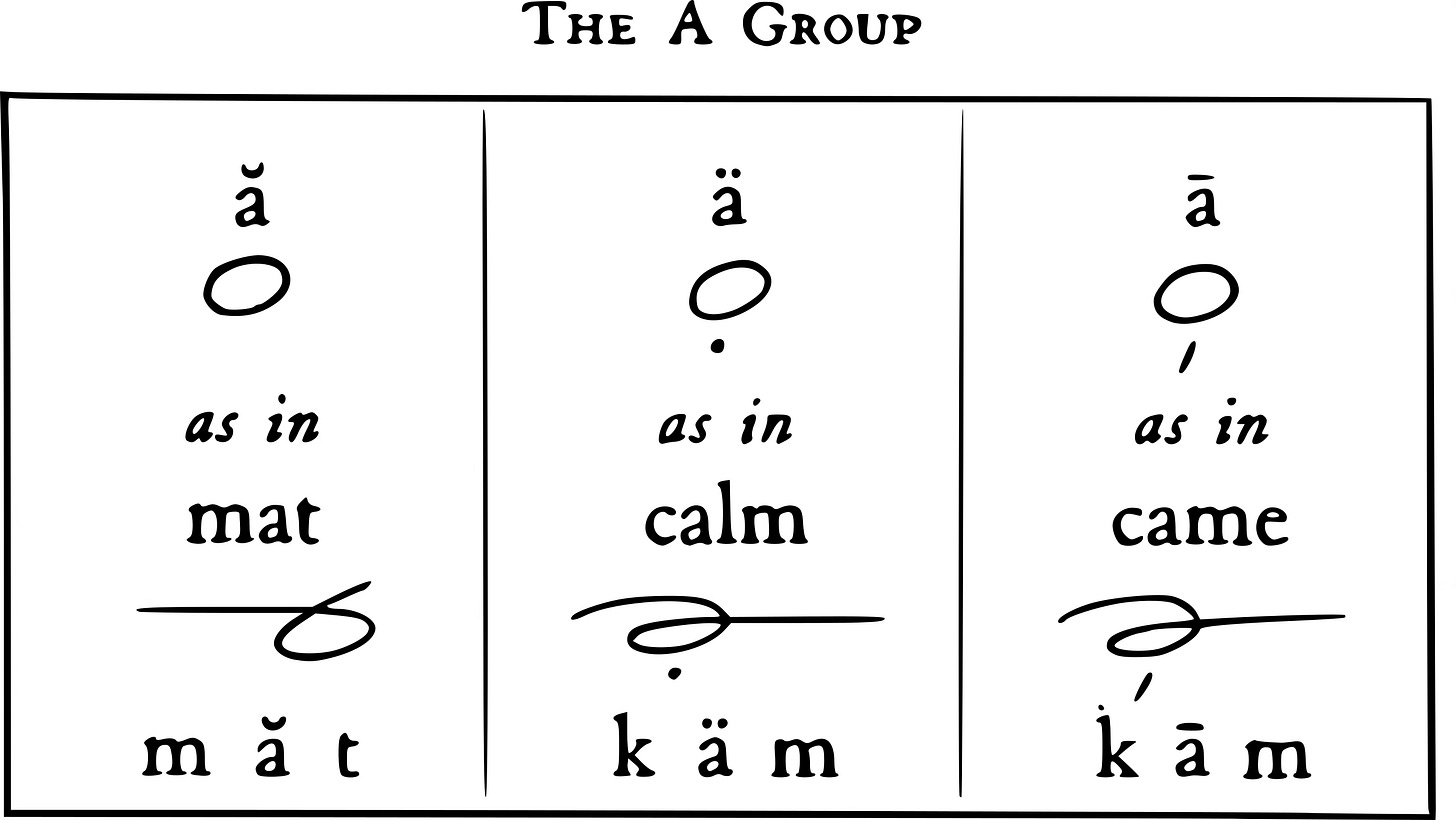
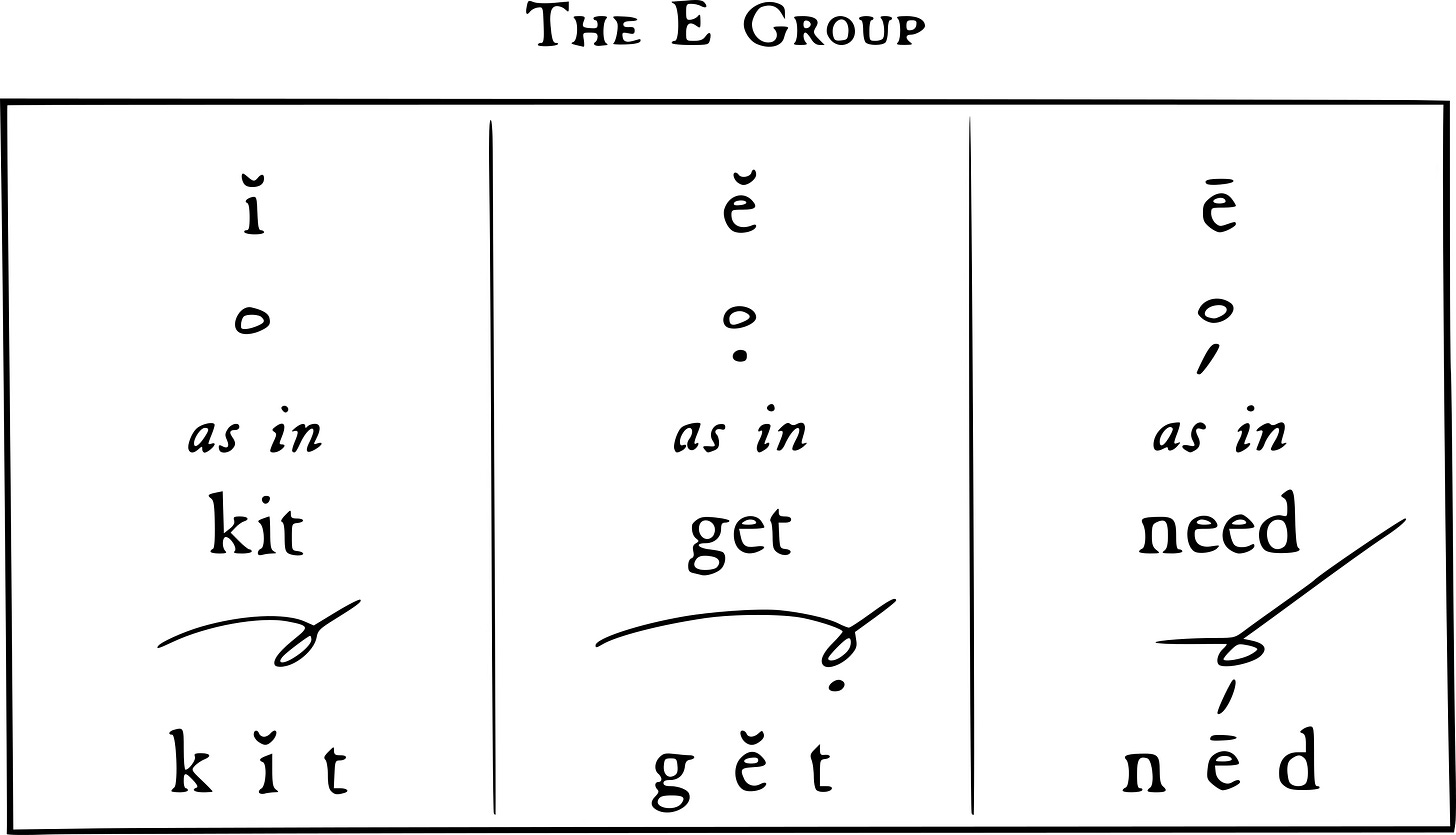




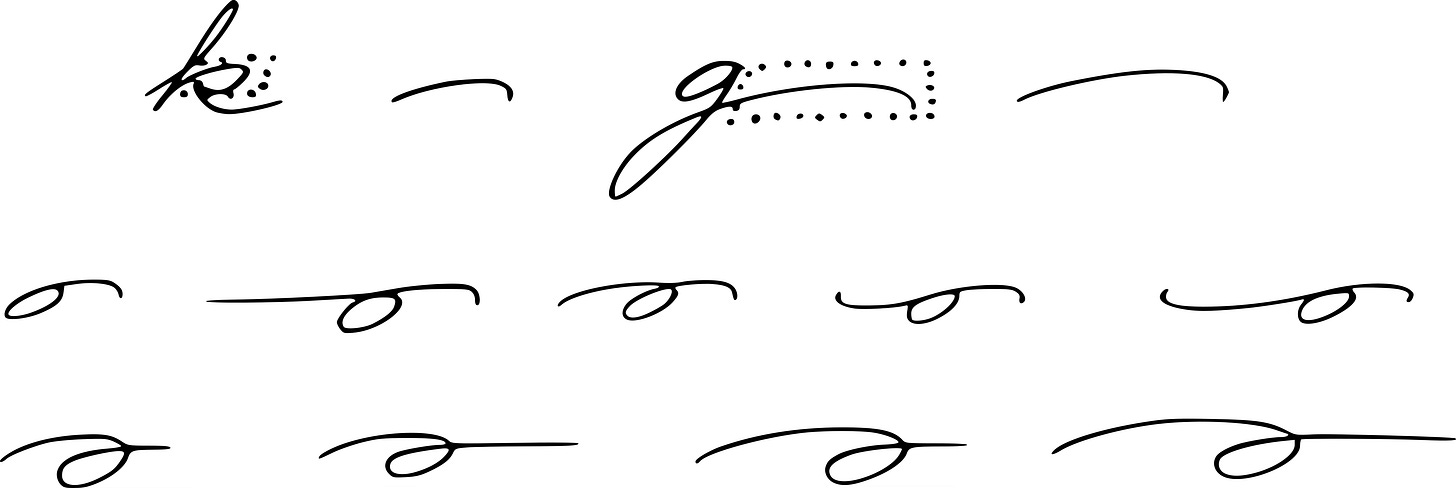


Hi,
Do you know the origin of the phonetic system used in Anniversary manuals? ă ä ā ŭ o͝o o͞o etc.
Hey,
Maybe this will be touched upon later, but for the ä as in 'calm', how come the 'L' is left out?
I'm wondering if this is just a pronunciation difference between you and I, because I pronounce the L a good bit in this word.
Can I ask where you are from?
*Great lesson! Glad to have joined!